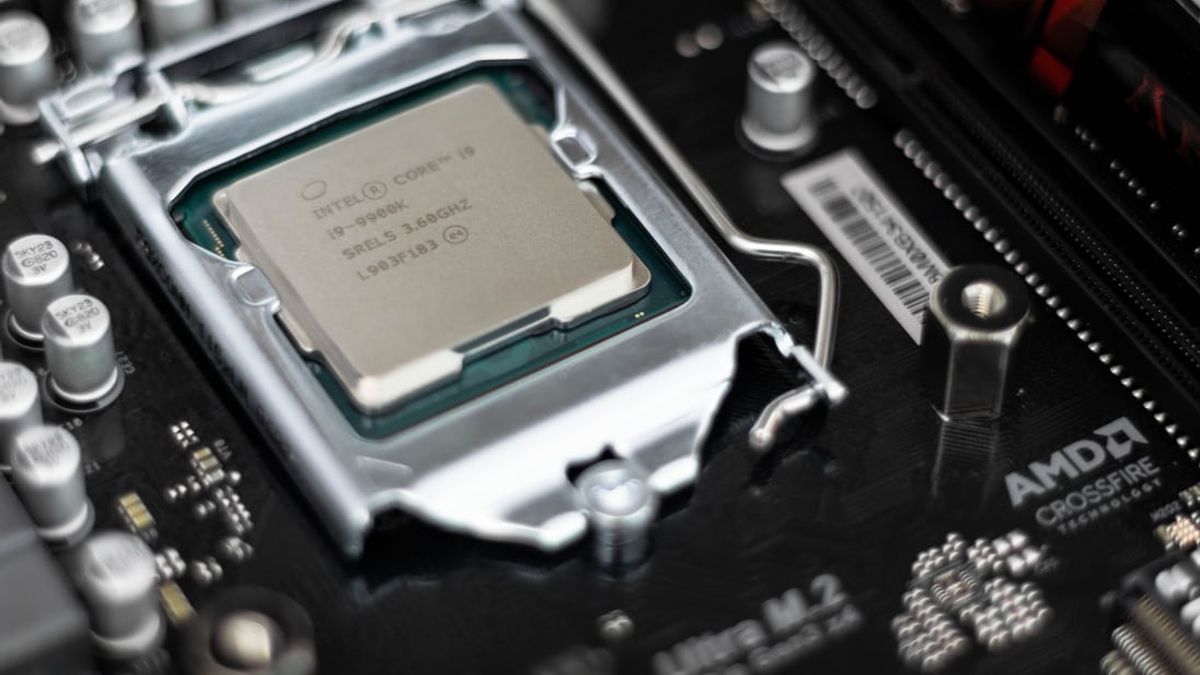JAKARTA - Seeing the supply chain situation and the ongoing semiconductor crisis, Intel has recently poured a lot of money into investment in packaging technology in several countries.
The company not only invests in the United States (US), but also plans to develop many international projects, one of which Intel will spend 7 billion US dollars or equivalent to Rp. 100 billion more to expand its semiconductor packaging technology in Penang, Malaysia.
Previously, Intel had stated in May that it would spend $3.5 billion on the Rio Rancho packaging facility in Albuquerque, New Mexico. Then expand to other countries.
To note, packaging is an important part of semiconductor manufacturing and design. This not only affects the cost of producing the chip later but also affects the strength, performance and basic functionality of a chip at the micro level.
Intel is expanding to a new packaging generation called copper hybrid bond interconnect. It is used when chip dimensions are below 10 microns and helps provide a 10x increase in interconnect density.
Launching Neowin, Tuesday, December 14, Intel's investment in Malaysia not only helps the company develop state-of-the-art packaging facilities, but also helps it protect itself from international relations and US economic policies.
The US-China trade war has impacted Intel's bottom-line and China's extraordinary expansion project. Intel's continued interest in international facilities ensures their independence as well as protects them from eventual action by US regulatory agencies.
The English, Chinese, Japanese, Arabic, and French versions are automatically generated by the AI. So there may still be inaccuracies in translating, please always see Indonesian as our main language. (system supported by DigitalSiber.id)













